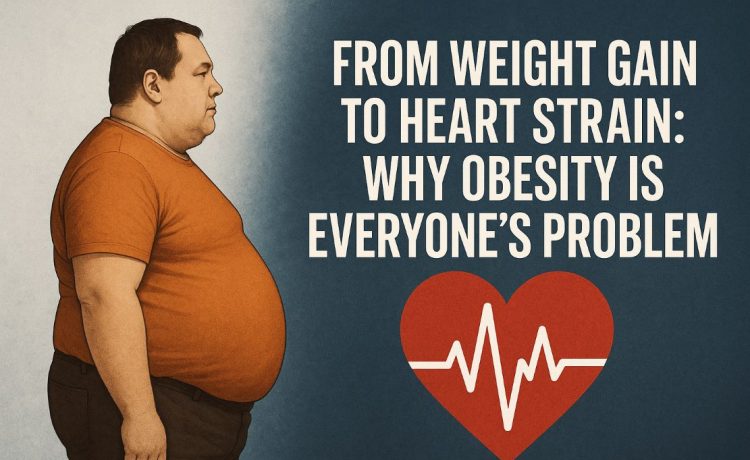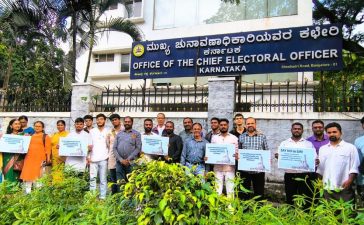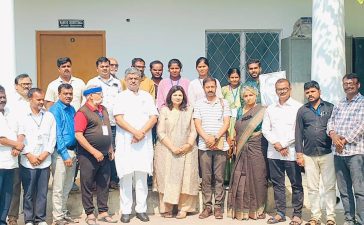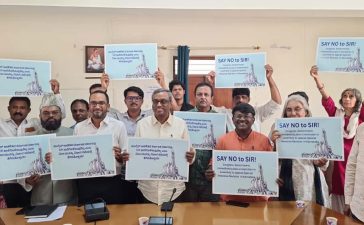📉 The Weight of the Crisis
The report shows that a large percentage of individuals are suffering from health conditions they are unaware of.
-
28% were found to be hypertensive, with half of those in the pre-hypertensive stage.
-
Diabetes was present in 20%, while another 25% were pre-diabetic.
-
84% had low vitamin D levels, which impacts immunity and bone health.
-
64% showed poor flexibility, suggesting early signs of musculoskeletal decline.
“These figures reflect the mounting metabolic stress in our population, much of which is hidden beneath a surface of apparent wellness,” the report noted.
🗣️ Expert Voices Call for Urgent Action
Dr. Prathap C. Reddy, Chairman of Apollo Hospitals, stressed the need to shift toward preventive care.
“Early screening, personalised interventions, and health education should become integral to our homes, schools, and workplaces.”
Dr. Anjali Mehta, Public Health Specialist, added:
“Obesity is no longer a cosmetic issue—it is a national emergency. Prevention must start at school, in kitchens, and at workplaces.”
Nutritionist Riya Thomas pointed out:
“Most people don’t realise they are pre-obese until the damage is done. Awareness and timely intervention are our strongest tools.”
🧬 Not Just a Weight Problem: A Metabolic Time Bomb
The national data reveals:
-
65% of people screened had fatty liver, with 85% of those being non-alcoholic cases.
-
46% of asymptomatic individuals showed early signs of heart disease.
-
Among post-menopausal women, obesity rose from 76% to 86%, and diabetes from 14% to 40%.
The youth aren’t spared either. 28% of college students were overweight or obese, and 19% showed signs of pre-hypertension.
Even mental health is affected. 7% of women and 5% of men showed symptoms of clinical depression, particularly among the middle-aged.
❓ Q&A: Breaking Down the Obesity Crisis
Q: Why is obesity such a growing concern?
A: Modern sedentary lifestyles, high-calorie diets, poor sleep, and rising stress levels have led to an explosion in lifestyle diseases—obesity being the most visible sign.
Q: Are people aware they are at risk?
A: Unfortunately, no. Obesity often develops silently, without visible symptoms, especially in its early stages. By the time symptoms appear, complications like diabetes and hypertension may already be present.
Q: Can this be reversed?
A: Yes. With regular screenings, healthier diets, consistent physical activity, and mental wellness practices, obesity and its associated risks can be managed or even reversed.
Q: What can authorities do?
A: Policymakers must mandate preventive health screenings, regulate junk food ads, promote school-based health programs, and support local fitness initiatives.
Final Word:
The Health of the Nation 2025 report is more than a collection of alarming statistics—it’s a wake-up call for Karnataka and the nation. With most health issues now rooted in preventable lifestyle factors, the road ahead must prioritize early detection, active living, and community-driven healthcare.
“Our nation must invest in preventive care now,” said Dr. Reddy. “Or we will continue to pay the price in lost productivity, rising healthcare costs, and diminished quality of life.”
#ObesityCrisis #KarnatakaHealthAlert #WeighTheRisk #PreventDontRepent #FitnessNotFatigue#IndiaOnTheWeigh #FightFatWithFacts #HealthNotHype #ScaleBackObesity #LifestyleCheck
![]()











